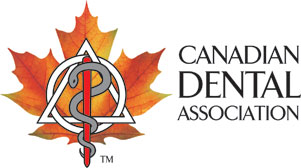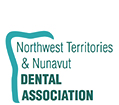Research suggests that sugar-free gum can help reduce the risk of caries (or tooth decay) among other benefits. Chewing sugar-free gum can increase the flow of saliva, reduce acidity in the mouth, clear out gaps in your teeth, and has the potential to prevent the growth of bacteria involved in caries. That is why dentists recommend sugar-free chewing gum to patients who have a higher risk of caries— in addition to regular dental visits, brushing and flossing.
How it works:
Chewing gum prevents tooth decay by increasing salivary flow, which helps in clearing areas between teeth and neutralizing oral acidity. It can also inhibit the growth of bacteria involved in caries, thus protecting your tooth enamel.
When to use it:
In addition to regular dental visits, brushing and flossing, chewing one piece of sugar-free gum after meals for at least five minutes, three times a day, is the recommended method to get the most out of the gums’ oral health benefits.
Xylitol:
Xylitol chewing gum can be especially helpful as it outperformed other sweeteners for its oral health benefits in clinical studies of caries prevention and reducing plaque. Early studies also indicate that xylitol can help reduce gingivitis. Xylitol is prescribed to patients with dry mouth, as it increases the production of saliva more than regular chewing gum. Other common sweeteners used in sugar-free chewing gum are sorbitol, maltitol, mannitol, aspartame, among others.
Aspartame:
Despite previous concerns about the safety of aspartame, it is generally accepted as safe for use. The amount of aspartame in chewing gum is so low that you would have to chew hundreds of pieces in one day to exceed its suggested daily limit.
Not for everybody:
Chewing gum is not recommended for those with temporomandibular joint disorders (tightness and irritation of the jaw muscles, joint pain and dysfunction of the jaw). It is also not recommended for those suffering from jaw fatigue or headaches. Talk to your dentist and ask if chewing sugar-free gum is right for you.











